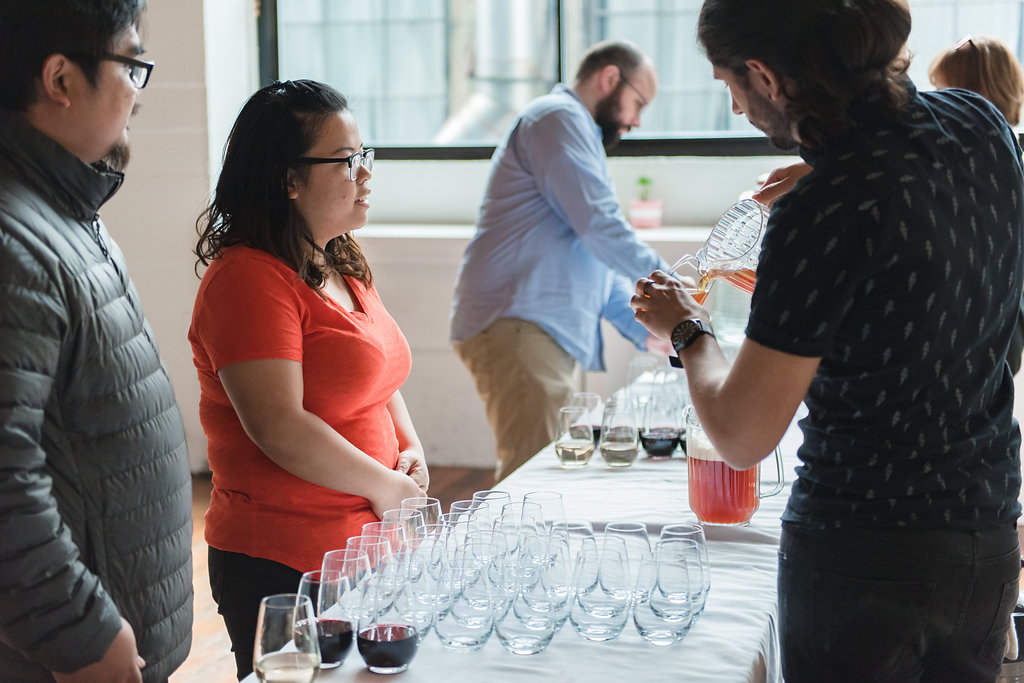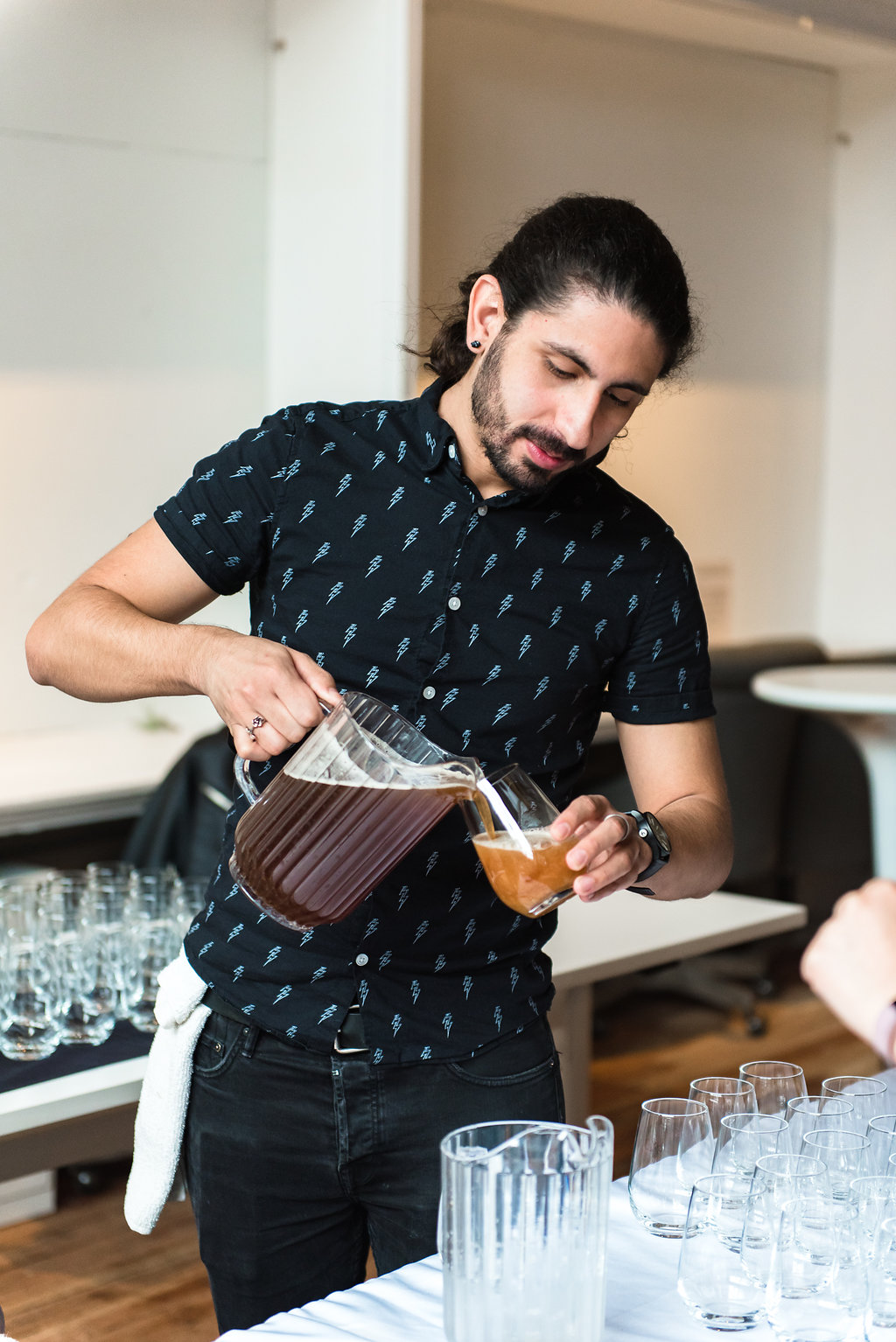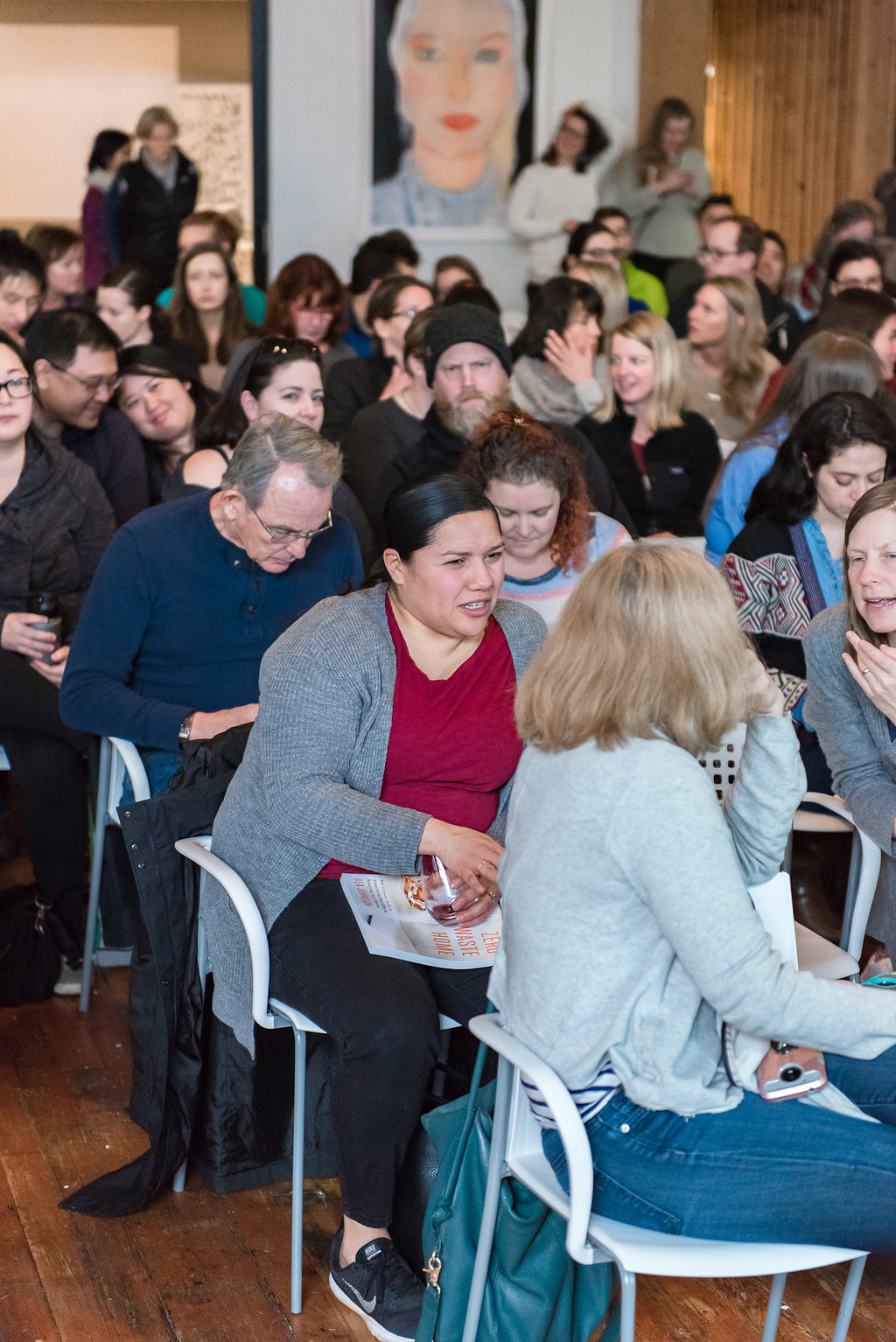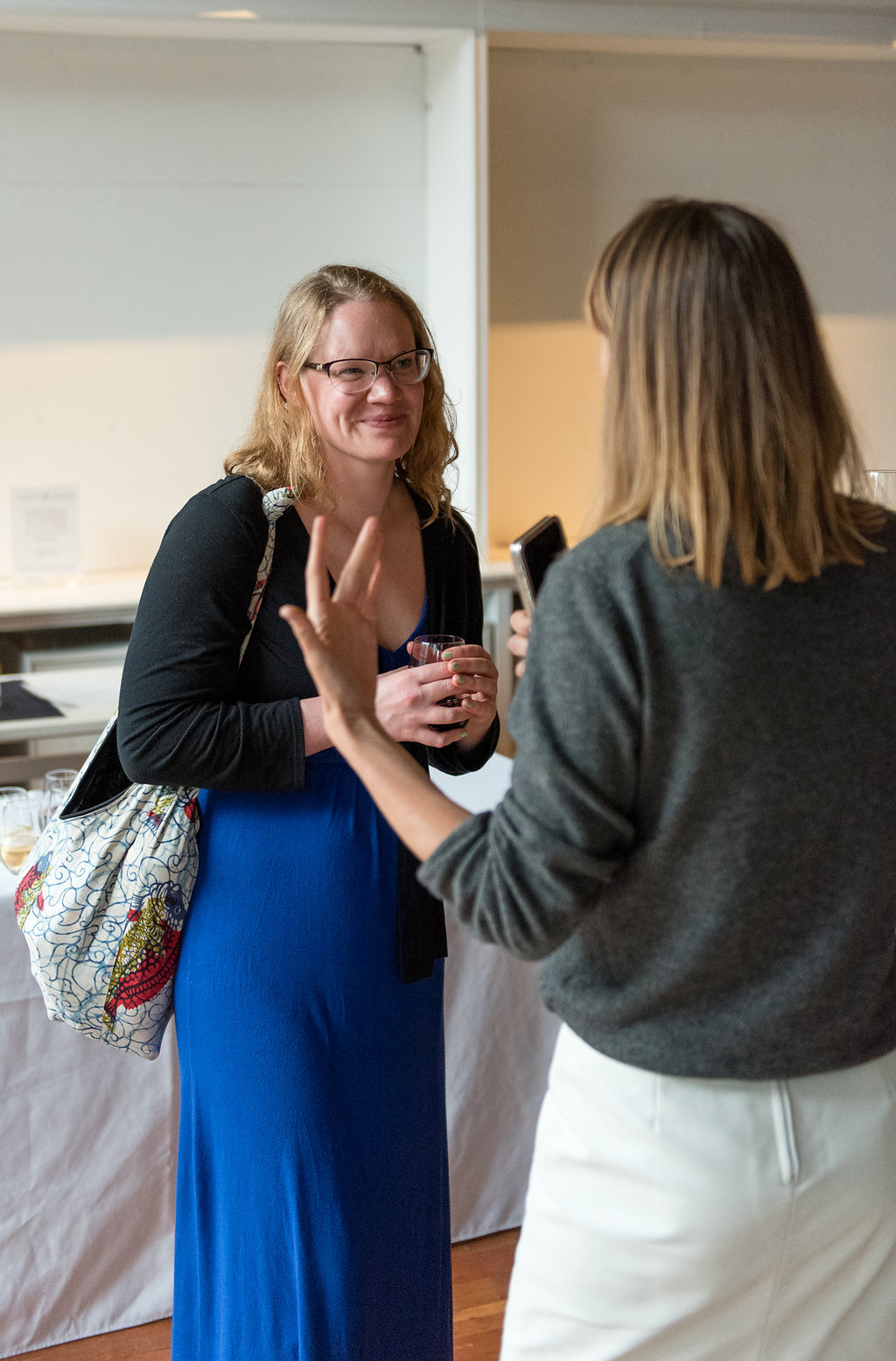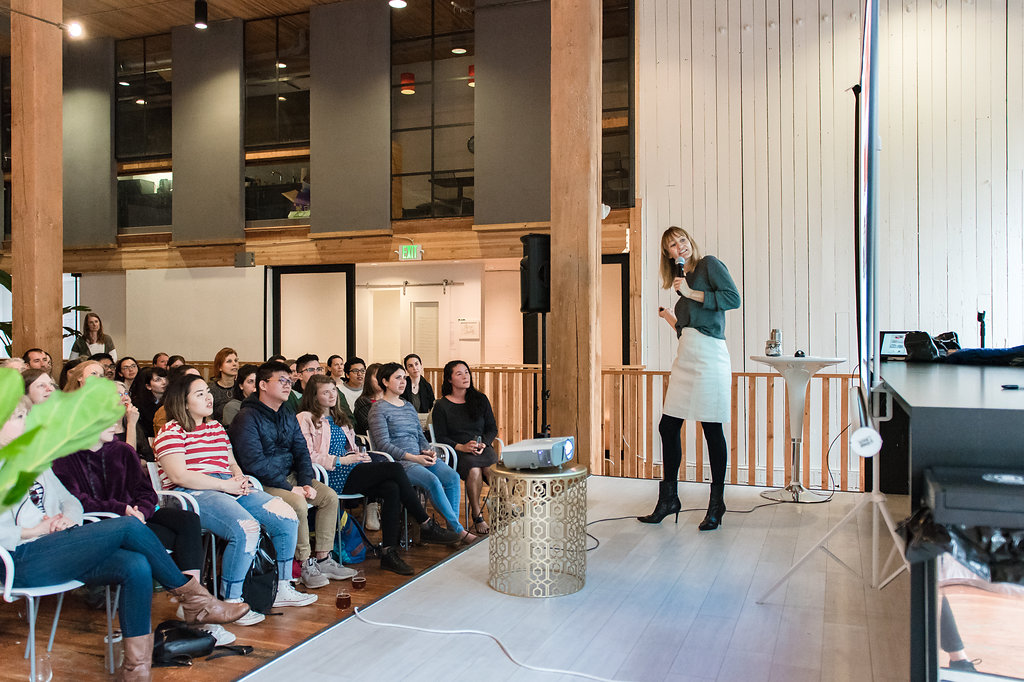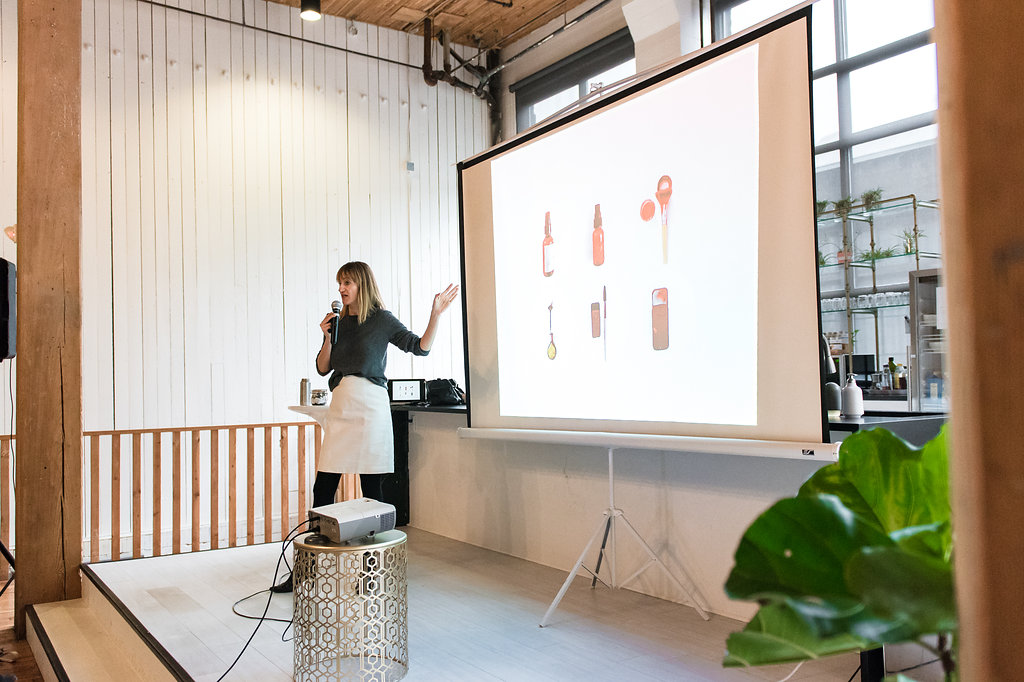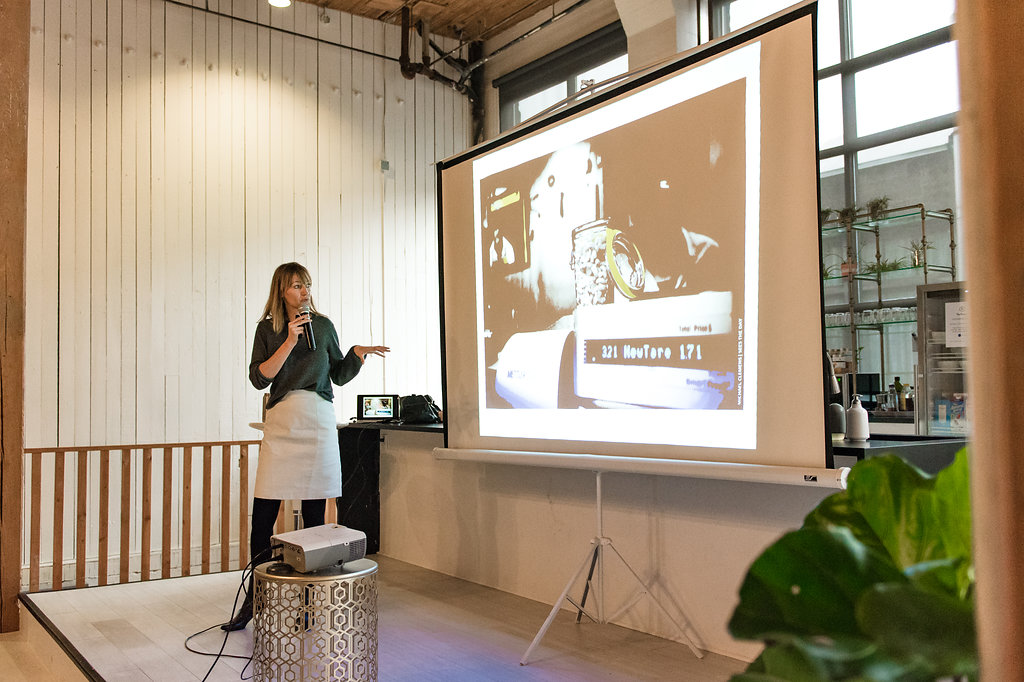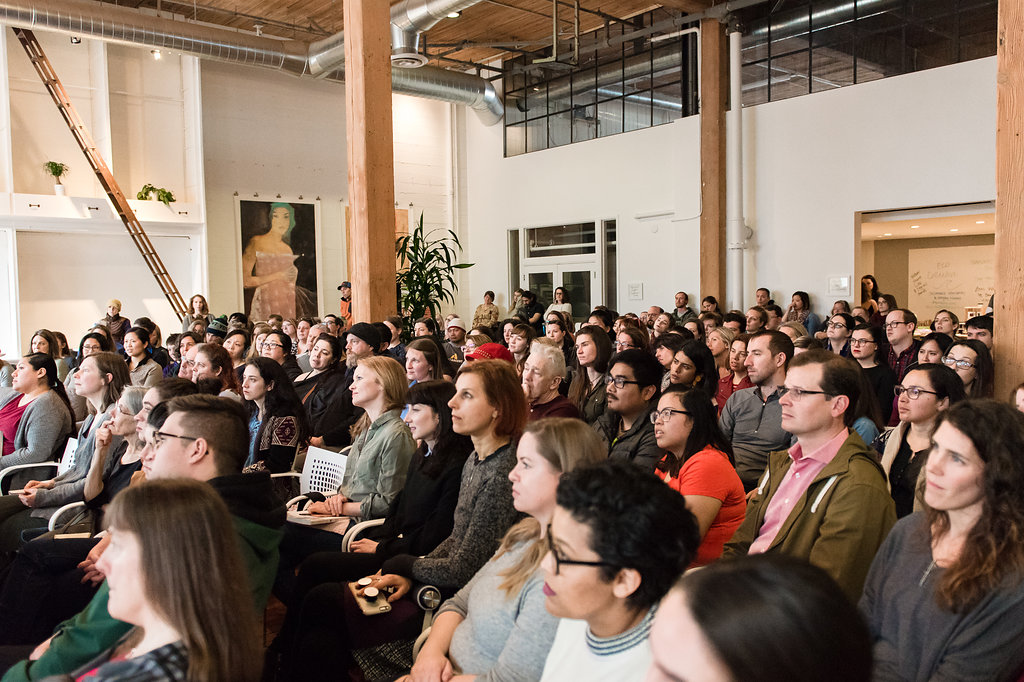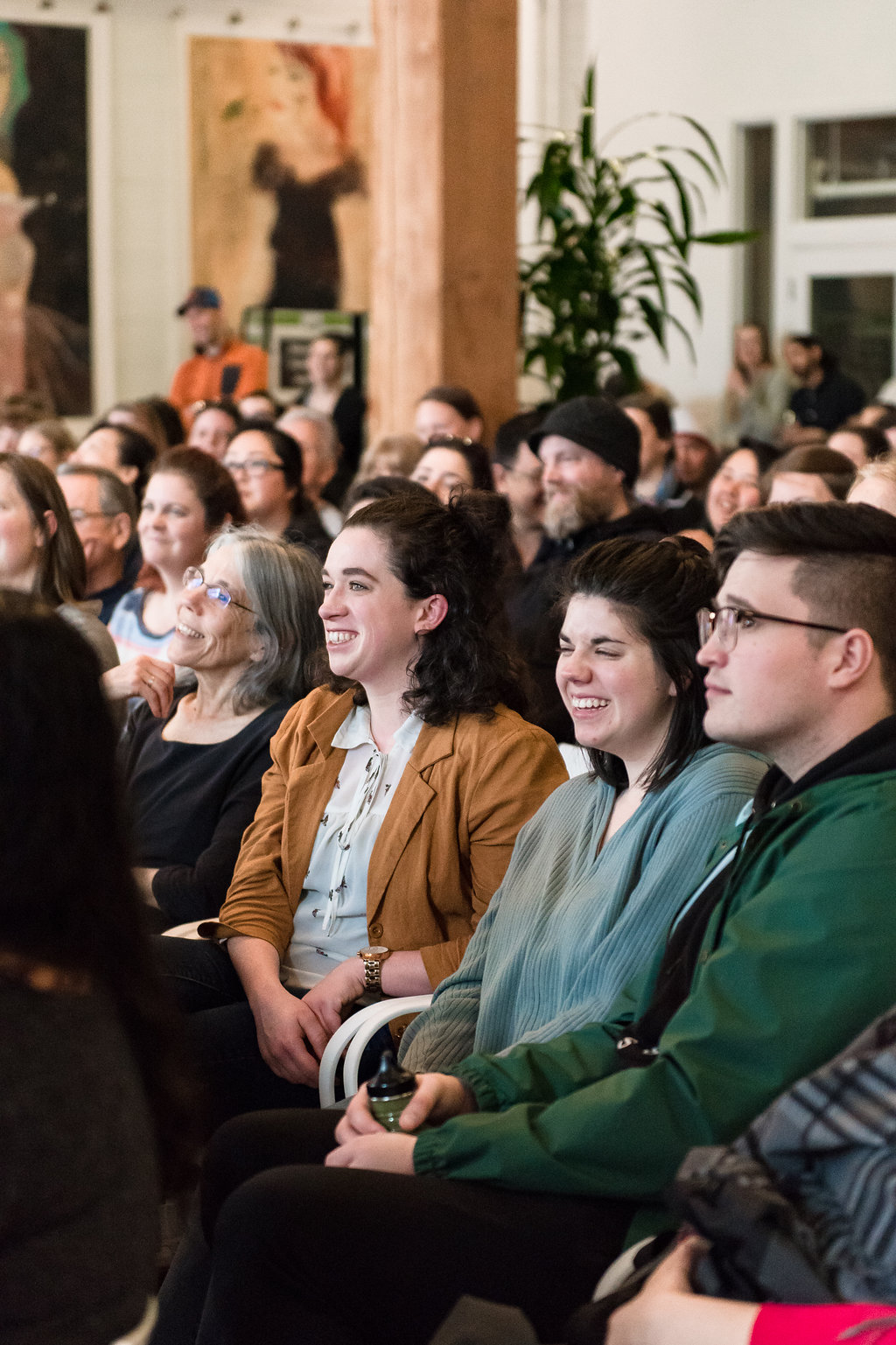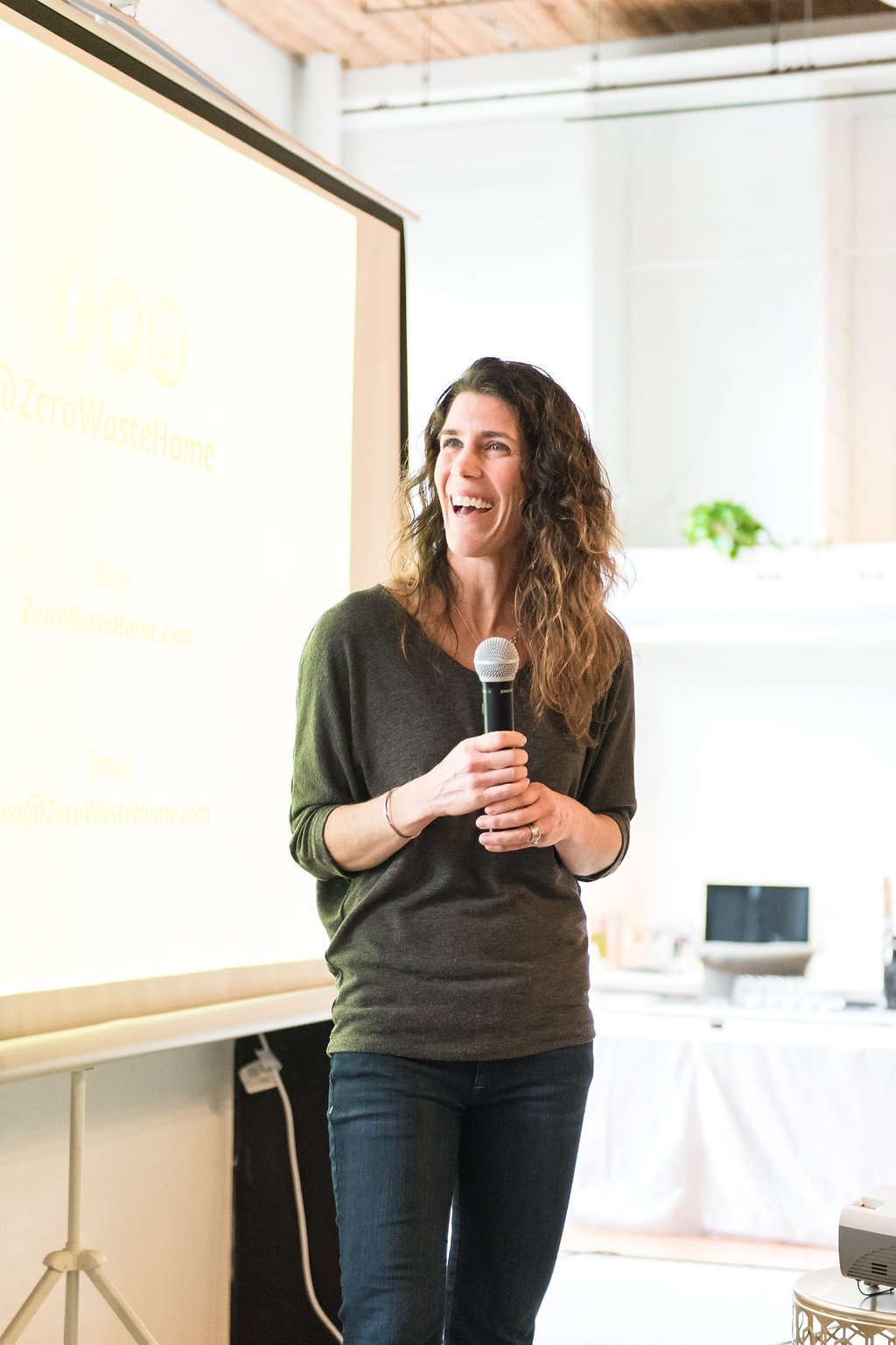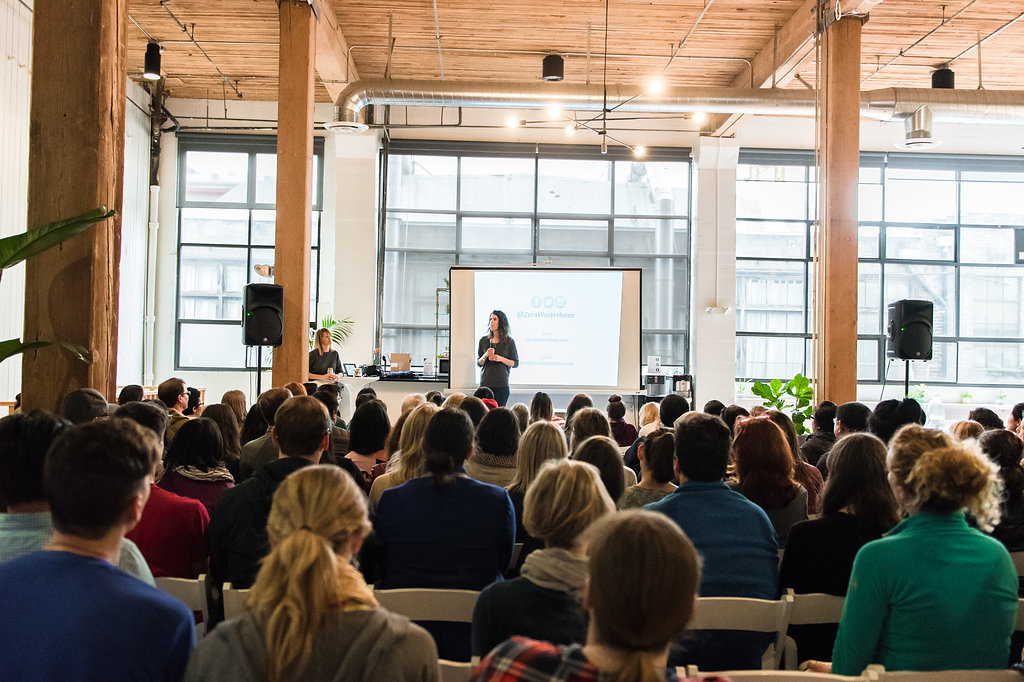The U.S. Department of Energy’s ARPA-E HESTIA program awarded $2.63 Million to a research project in partnership with the Pacific Northwest National Lab (PNNL), Washington State University (WSU), and Green Canopy NODE. The project’s team will be working together over the next two years to develop ways to create affordable carbon-negative homes.
Keep reading to learn more about why this project matters and get an insider’s perspective from Green Canopy NODE’s VP of Product and Technology, Darrin Griechen.
Q. What is the project trying to do?
DG: Our goal is to research ways in which we can create not just net-zero, but also carbon-negative buildings affordably. Finding the intersection between affordability, net-zero and carbon-negative buildings is no small feat. We believe the requirements to achieve this are two-fold: feasible low-carbon construction and cost efficiency at scale. The research project will develop an innovative approach toward modular design and construction of residential buildings that centers around the reuse, recycling, and reimagination of building components, leveraging advanced manufacturing processes.
Q. How are you going to do it?
The Circular Economy
DG: We are taking a holistic project-solving approach, involving design and materials considerations with a focus on bringing about a circular economy – that is, a systemic approach to eliminating waste by reusing, recycling, and refurbishing materials, and products to expanding their lifecycle as long as possible. Rather than reusing the materials of existing buildings, our goal is to plan for new construction using bio-based materials and create the path for a circular economic cycle, where the materials can be reused or re-purposed once their lifespan in buildings is completed.
Q. What are the main challenges?
DG: We need to challenge those materials and methods that haven't really evolved in the last century. We feel that with Cross Laminated Timber (CLT), we have a product that allows us to leverage advanced manufacturing to scale a solution that will be cost-competitive, while also contributing to enabling a carbon-negative home. It is also a material that can be adapted and re-used later in life without a significant amount going into the landfill, thus keeping the carbon it stores from being released into the environment.
Q. Why is this partnership between PNNL, WSU, and Green Canopy NODE the right mix for this project?
DG: This project involves a strategic partnership to realize the vision of sustainability for everyone. PNNL brings considerable experience and knowledge in understanding embodied carbon, energy efficiency, and building science, to name a few. The WSU team has expertise in engineering with composite materials, and structural engineering, alongside testing materials for certification to building codes. Green Canopy NODE intends to leverage our expertise in supply chain, CLT product development, and residential design and construction, to take it to the next level. Together, we strive to provide the needed scientific, engineering, and business foundations to innovate so others can integrate these approaches into their construction projects and scale the impact of affordable carbon-negative homes.
A Cradle-to-Grave Circular Home
A key tenant of this research is that the carbon intensity in residential buildings can be significantly decreased by using factory-built bio-based solutions. We believe that an all-electric, modular design will allow us to minimize cost while retaining the flexibility to adapt to project needs during construction and over the lifecycle of buildings. These homes would be flexibly assembled on-site and later disassembled and reassembled into new buildings, increasing their lifespan from the traditional 50 years to over 150 years over multiple building iterations. This results in a carbon-neutral lifecycle of the building itself and the used materials.
More details about this research’s process and outcomes will be shared as it develops. Follow us to stay updated on this transformative project!










